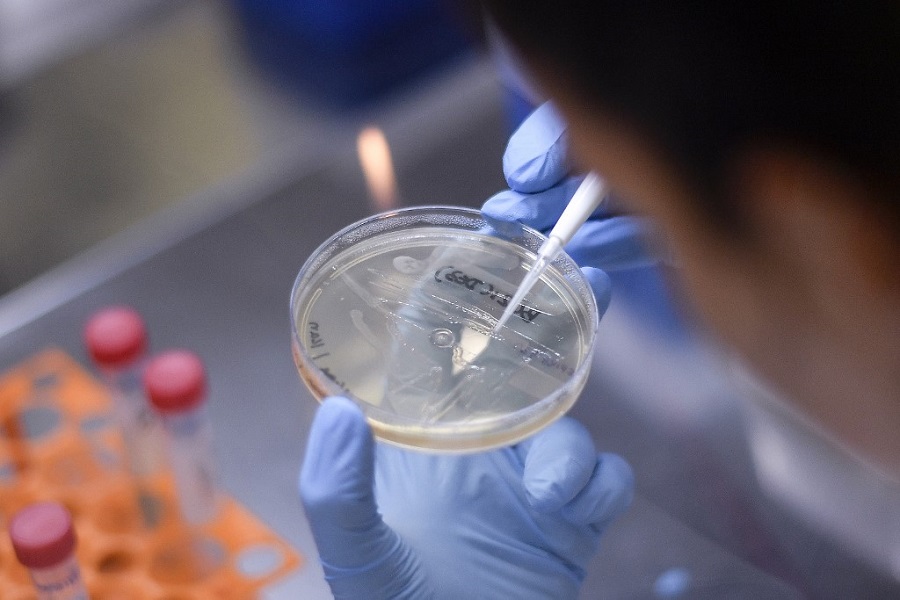RIO DE JANEIRO, BRAZIL – Scientists are still unsure if the virus strain is more aggressive, but it is indirectly leading to more deaths due to the fact that it is more transmissible.
The coronavirus variant defined by the abbreviation P.1, which emerged in Brazil and dominated the pandemic scenario in only four months has now crossed borders. It has been detected in 36 other countries around the world, 16 of which in Latin America.

The data are from GISAID, a global influenza and respiratory disease monitoring initiative for the Grupo de Diários América (group of media brands – GDA).
Scientists are unable to guarantee that this strain of Sars-CoV-2 is more aggressive – but it is now clear that by being more transmissible, it leads to more deaths than the “original” version of the virus. To date, cases of local transmission of the P.1 in Latin America have only been confirmed in Mexico and Colombia, in addition to Brazil, presumably because there is better genomic surveillance in these countries.
Nations that have only detected imported cases of the variant are focusing their surveillance on border control. In Chile, Ecuador, Paraguay, Suriname, and Costa Rica, the P.1 now represents over 10% of the coronavirus samples that underwent genetic sequencing.
Keeping this variant under watch is critical, scientists say, because there are strong indications of its relevance to the devastating second wave of Covid-19 in Brazil, albeit not the only factor. In Manaus, Amazonas, the city where the P.1 emerged, it became dominant in as little as two months.
“The P.1 now accounts for 75% of cases of the disease in Brazil. In the North Region, it has reached 90%,” explains Tiago Gräf, biomedical doctor and geneticist from Fiocruz-Bahia, one of the Brazilian laboratories that performs genetic monitoring of Sars-CoV-2.
“This scope demonstrates the danger of the P.1 mutations.”
Source: O Globo

